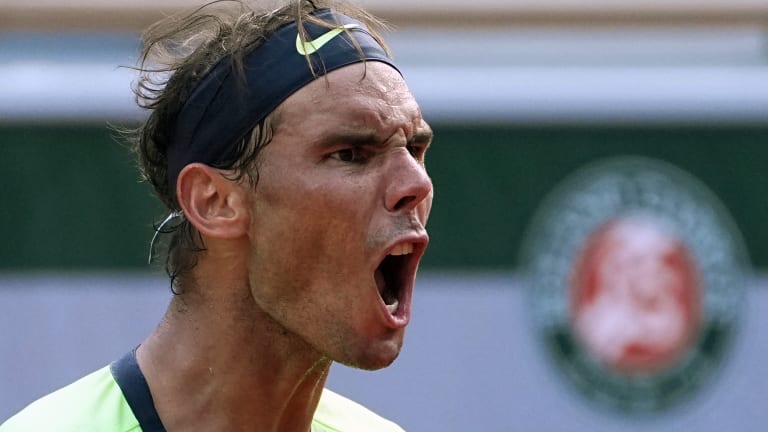Rafa to retire
Rafael Nadal is an all-time great sportsman, but he is also something more
By Oct 10, 2024Rafa to retire
Flashback: Rafael Nadal was at peace with retirement even in 2019 '60 Minutes' interview
By Oct 14, 2024Rafa to retire
Roger Federer, Novak Djokovic pay tribute to retiring Nadal: “Your legacy will live forever”
By Oct 11, 2024Rafa to retire
Rafael Nadal’s career timeline is filled with titles, rivalries and injuries
By Oct 10, 2024Social
Dominic Thiem ‘loves’ watching Jakub Mensik and Joao Fonseca
By Apr 16, 2025ATP Munich, Germany
Ben Shelton: European football's newest superfan? Lefty making most of Munich debut
By Apr 15, 2025ATP Barcelona, Spain
Casper Ruud, Stefanos Tsitsipas open Barcelona bids in quest to halt further ranking slides
By Apr 15, 2025Tennis.com Interview
Jan-Lennard Struff sees Munich title defense bid as 'perfect opportunity' to turn 2025 around
By Apr 14, 2025Stat of the Day
Andrey Rublev storms to 100th ATP 500 win of career with opening victory in Barcelona
By Apr 14, 2025ATP Monte Carlo, Monaco
Monte Carlo takeaways: Alcaraz wins by playing for himself, one-handed backhands hold firm
By Apr 14, 2025Rafa to retire
Rafael Nadal is an all-time great sportsman, but he is also something more
The 22-time Grand Slam champion is a philosophy in motion, a model for how to face up to life.
Published Oct 10, 2024
Advertising

Rafa, once a wild-haired, ultra-amped teen, would prove to be a man of wisdom and a model of maturity.
Advertising

Nadal never gave less than his best, and never sabotaged his chances with negativity or casualness. In that, he made it a little easier to believe you could get off the mat and do the same.
© Copyright 2021 The Associated Press. All rights reserved.
Advertising
Advertising
Advertising
Advertising

Rafael Nadal's 20-second routine is one of the most notable in the sport.
© Getty Images